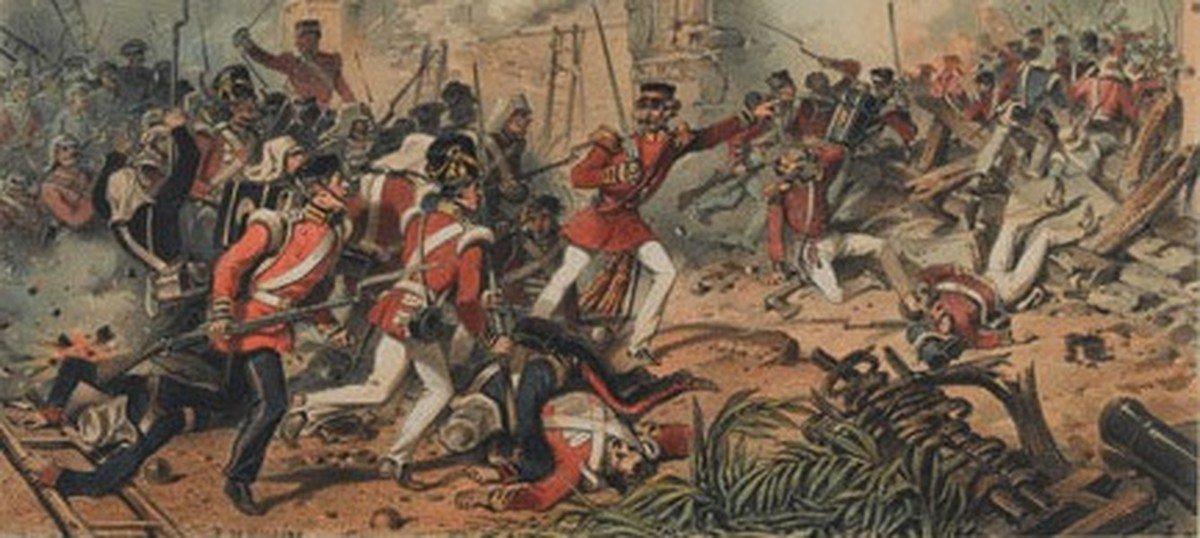Chapter 25 : Administrative changes after 1857
Introduction
- In 1858, an Act of Parliament transferred control of the East India Company to the British Crown. Previously, authority over India had been exercised by the Company’s Directors and the Board of Control, but now it would be exercised by a Secretary of State for India, aided by a Council. As a member of the British Cabinet, the Secretary of State was accountable to Parliament. As a result, the British Parliament retained ultimate control over India. By 1869, the Secretary of State had completely subordinated the Council. The India Council was mostly made up of retired British-Indian officials.
Changes in administration:
- Under the Act, the Governor-General, who was also given the title of Viceroy or Crown’s personal representative, would continue to govern as before. In addition to his other allowances, Viceroy was paid two and a half lakh rupees per year.
- With the passage of time, the Viceroy’s position in relation to the British Government in matters of policy and policy execution became increasingly subordinate.
- The Government of India was effectively controlled from London as a result of the Regulating Act, Pitt’s India Act, and later Charter Acts.
- The Secretary of State could now keep a constant eye on the tiniest details of administration at all hours of the day. Neither the India Council nor the British Cabinet or Parliament had any Indian representation. Indians were unable to approach such distant rulers.
- In some circumstances, Indian opinion had even less influence on government policy than it had previously. British industrialists, merchants, and bankers, on the other hand, increased their influence over the Indian government.
- In India, the Act of 1858 established an Executive Council, whose members would serve as heads of various departments and as official advisers to the Governor-General
Changes in administration:
- Under the Act, the Governor-General, who was also given the title of Viceroy or Crown’s personal representative, would continue to govern as before. In addition to his other allowances, Viceroy was paid two and a half lakh rupees per year.
- With the passage of time, the Viceroy’s position in relation to the British Government in matters of policy and policy execution became increasingly subordinate.
- The Government of India was effectively controlled from London as a result of the Regulating Act, Pitt’s India Act, and later Charter Acts.
- The Secretary of State could now keep a constant eye on the tiniest details of administration at all hours of the day. Neither the India Council nor the British Cabinet or Parliament had any Indian representation. Indians were unable to approach such distant rulers.
- In some circumstances, Indian opinion had even less influence on government policy than it had previously. British industrialists, merchants, and bankers, on the other hand, increased their influence over the Indian government.
- In India, the Act of 1858 established an Executive Council, whose members would serve as heads of various departments and as official advisers to the Governor-General
LOCAL BODIES
- Due to financial constraints, the government decentralised administration even more by promoting local government through municipalities and district councils. Local bodies were first established between 1864 and 1868, but they were almost always made up of nominated members and presided over by the District Magistrates. The local bodies did not represent local self-government and were not accepted as such by the intelligent Indians. They were seen by the Indians as tools for extracting additional taxes from the people.
- In 1882, the Lord Ripon Government established a policy of administering local affairs primarily through rural and urban local bodies with a majority of non-official members.
- The non-official members would be elected by the people wherever and whenever officials thought elections could be held.
- The resolution also allowed a non-official to be elected as Chairman of a local body. To put this resolution into effect, the provincial acts were passed. In all of the district boards and many of the municipalities, however, elected members were in the minority. Furthermore, because the right to vote was severely restricted, elected members were elected by a small number of voters.
- Although nonofficial gradually took over as chairmen of municipal committees, district officials continued to serve as presidents of district boards.
- The government also retained the right to keep a close eye on the activities of local governments and to suspend or replace them at its discretion.
- The local bodies operated like government departments and provided no good examples of local self-government.
RELATIONS WITH THE PRINCELY STATES
- Prior to 1857, the British had seized every opportunity to annex princely states. The British changed their policy toward the Indian States after the Revolt of 1857. The majority of Indian princes had not only remained loyal to the British, but had actively helped to suppress the Revolt.
- In 1862, Canning declared, “The Crown of England stood forward, the undisputed Ruler and Paramount Power in all India.” Princes were forced to recognise Britain as the supreme power. To emphasise British sovereignty over the entire Indian subcontinent, Queen Victoria assumed the title of “Empress of India” in 1876.
- Later, Lord Curzon clarified that the princes only ruled their states as agents of the British Crown. Because they were assured of their continued existence as rulers of their states, the princes willingly accepted this subordinate position and willingly became junior partners in the Empire.
- As the supreme power, the British claimed the right to oversee the princely states’ internal administration. They not only meddled in day-to-day administration through the Residents, but they also insisted on appointing and dismissing ministers and other high-ranking officials.
- The government recognised the old ruler’s adopted heir after 1868, and the state was fully restored to the young Maharajah in 1881.
- In 1874, Malhar Rao Gaekwad, the ruler of Baroda, was deposed after a brief trial for misrule and attempting to poison the British Resident.




